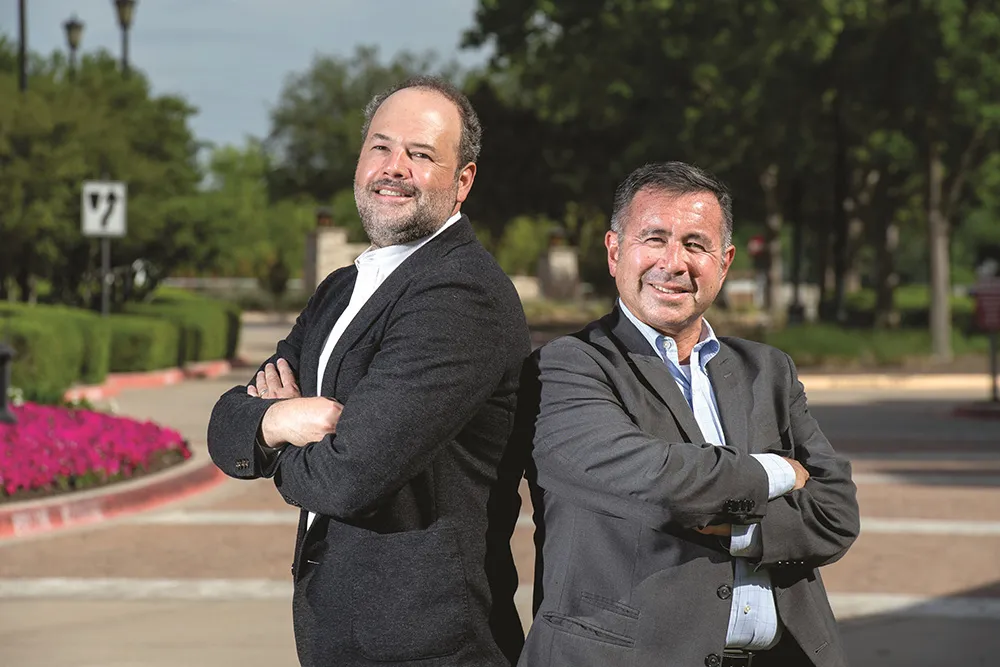When Atlanta’s streetcar project had some issues, Siemens helped to solve them – but started out by just listening, says Chris Maynard, the company’s head of rail services
It’s funny how often niggling problems can be a warning sign that there are bigger issues requiring attention – and not so funny how things can escalate if you don’t pay attention to them.
With that in mind,
At the centre of it all is Siemens’ digital rail services platform Railigent, which the company uses to analyse data to help identify high-risk failures before they occur. The companies say this will help the streetcar system reduce its maintenance-related service interruptions for riders, improve vehicle availability – and, of course, reduce costs.
Digital world
The Atlanta Streetcar project provided Siemens with an opportunity to showcase services designed to reduce downtime and improve efficiency. Siemens had just announced its presence in the city on the GeorgiaTech campus by setting up its MindSphere Application Center for Rail, using data gathered from intelligent sensors and “billions of data points” on the US’s rail network to create what it calls an ‘Internet of Trains’.
The company “needed a ‘lighthouse’ project, to put our thumbprint on something”, explains Chris Maynard, head of Siemens Rail Services, North America.
The company “wanted something where we could show enough of a sample size and demonstrate value to the customer”. In this it took some inspiration from Silicon Valley, Maynard enthuses. “In the digital world it’s better to fail fast – and succeed fast,” he says. If it doesn’t work, “stop it and start something else – be innovative”.
The company started talking to Atlanta Streetcar about the issues it faced. The worst kind of service provider, Maynard says, is the one which goes to the potential client and says: “Let me tell you what your problems are!” “A lot of companies don’t realise that customers are smarter than they are in lots of ways. We needed to ask about their problems to understand their needs.”
User experience
On the face of it, the complaints the company faced from their riders seemed fairly minor – yet were obviously impacting their experience of the service. In fact, they turned out to be key indicators of wider problems. One involved the high temperature in the cars themselves – despite the fact that the air conditioning seemed to be working fine - and another main issue was the amount of noise coming from the bell and horn being used as the streetcars made their way through the city. Using Railigent, Siemens checked the operating data to see what was going on. “We found that the doors were staying open exorbitantly long at particular stops,” explains Maynard. “That was putting hot air in.”
But lengthy stops could not explain why the horn was being sounded so often. “The timing of the traffic lights was off,” Maynard continues. “This meant the operator had to warn drivers.” Hence, what seemed like the overuse of the horn was in fact a very reasonable traffic warning system in a congested area – highlighting a broader problem with signal sequencing.
One of the main reasons for employing Siemens for what amounts to pre-emptive checks on the service was so that Atlanta Streetcar could save money through better maintenance. But getting the user experience right can also have a direct impact on the bottom line. “Cost is very important to the company – but so is ridership,” concludes Maynard.









